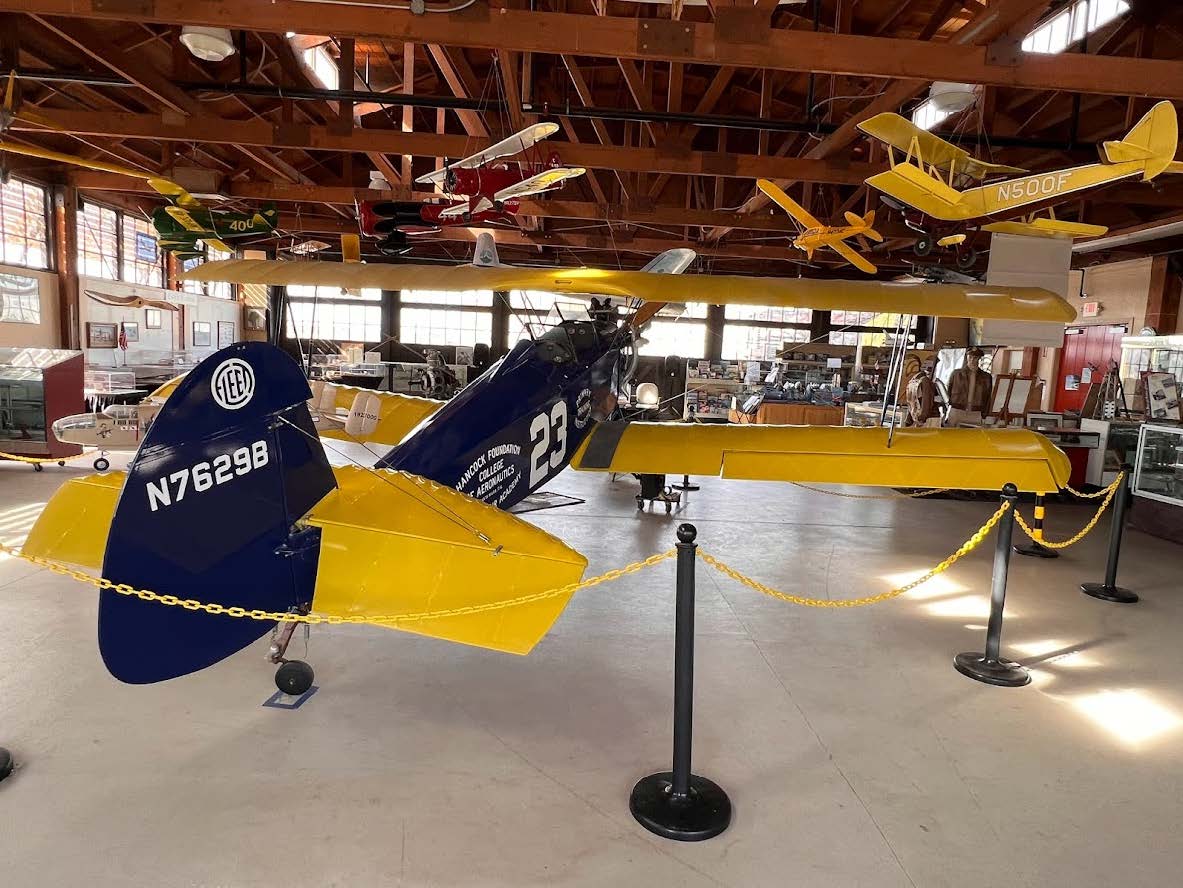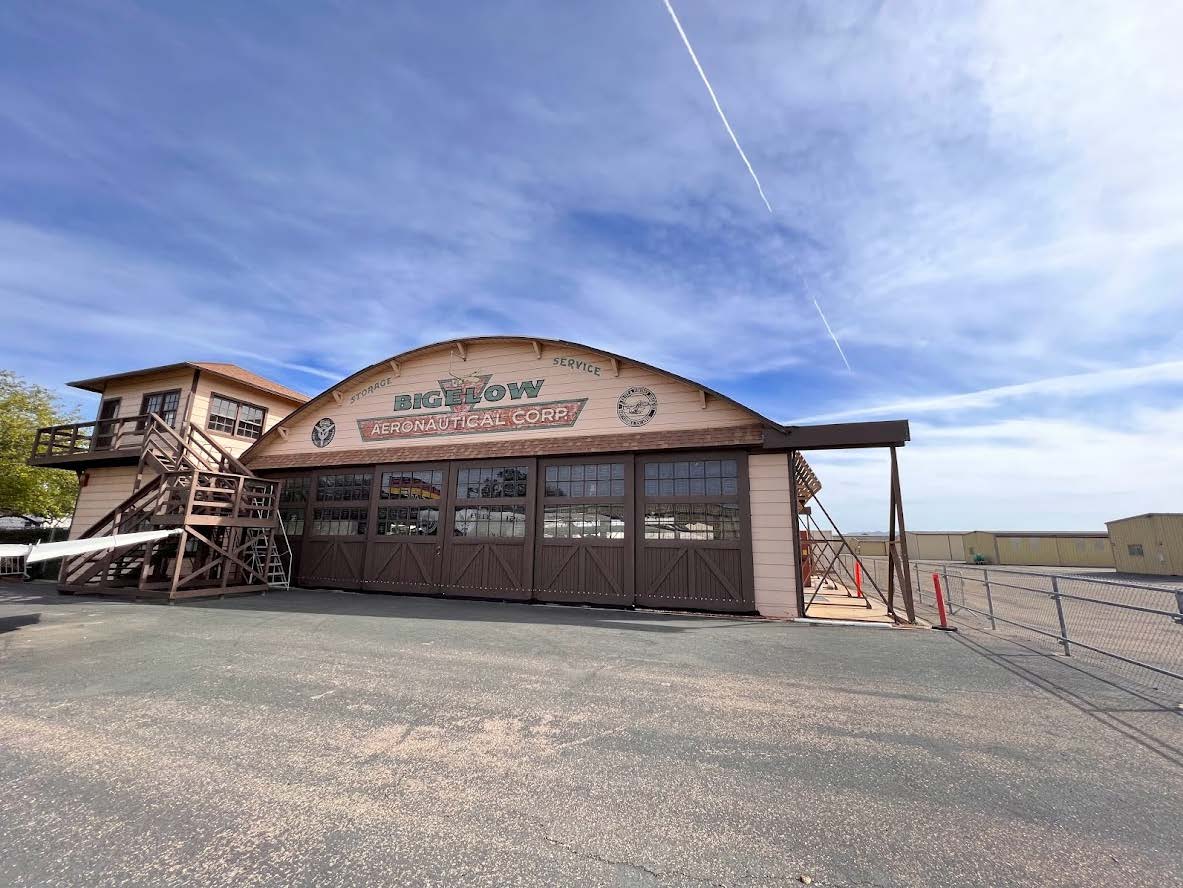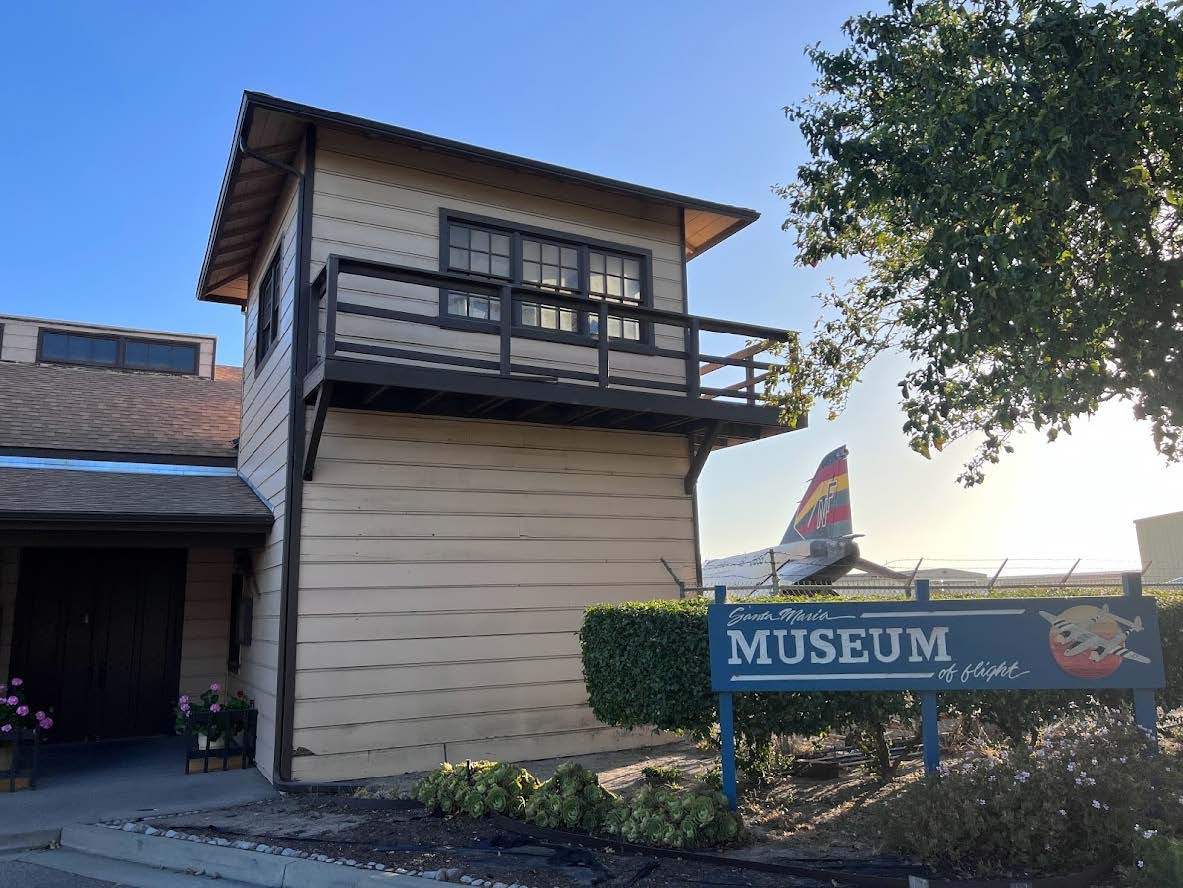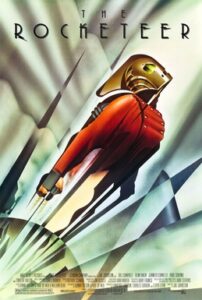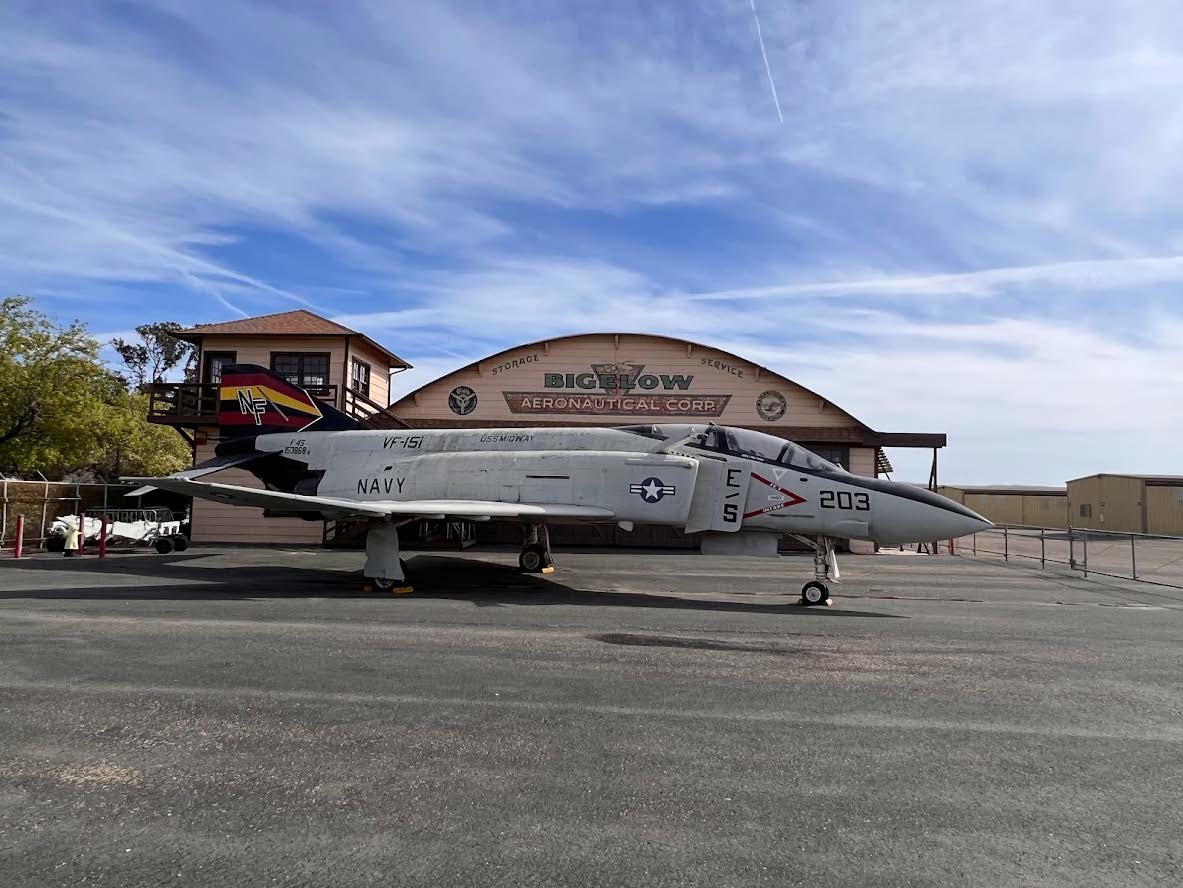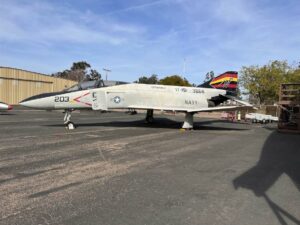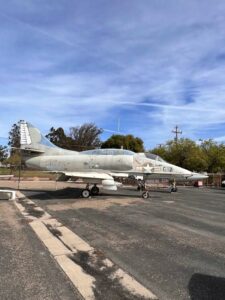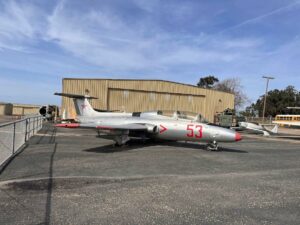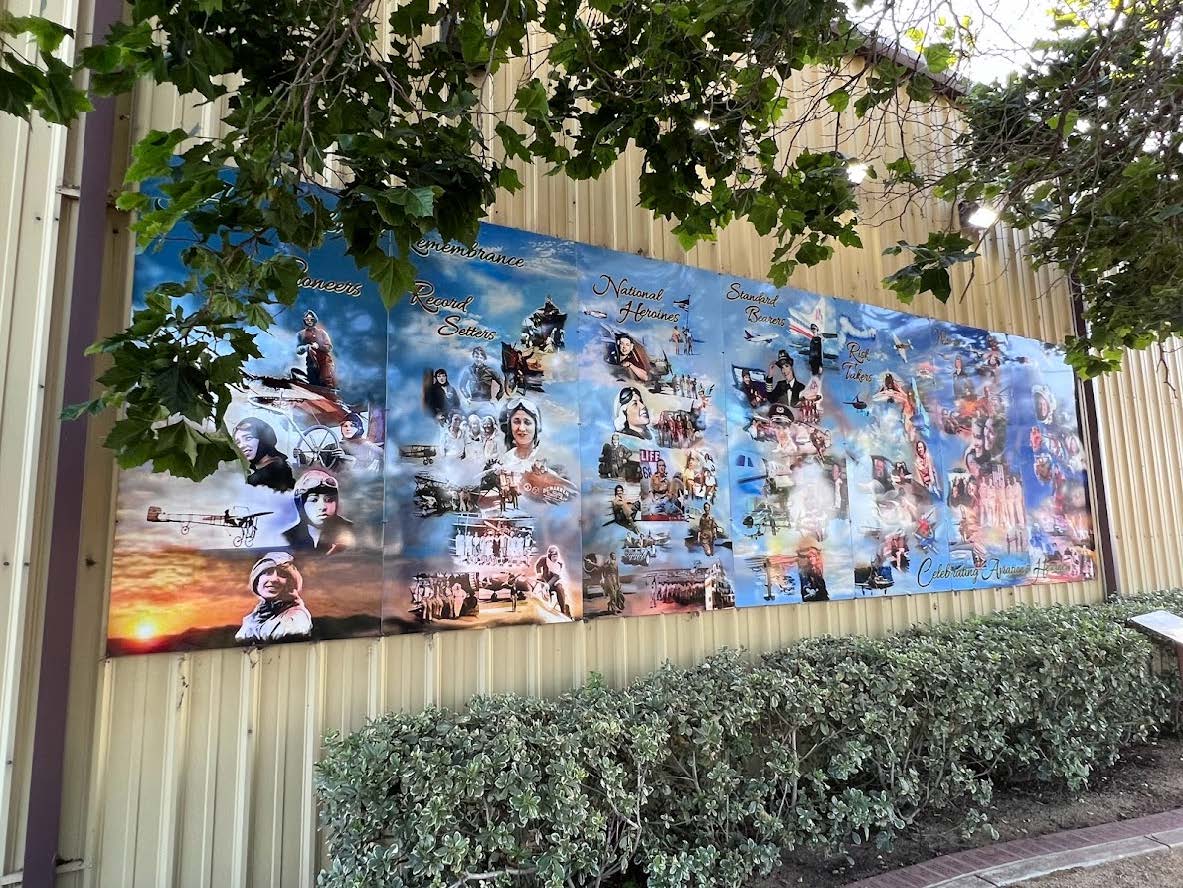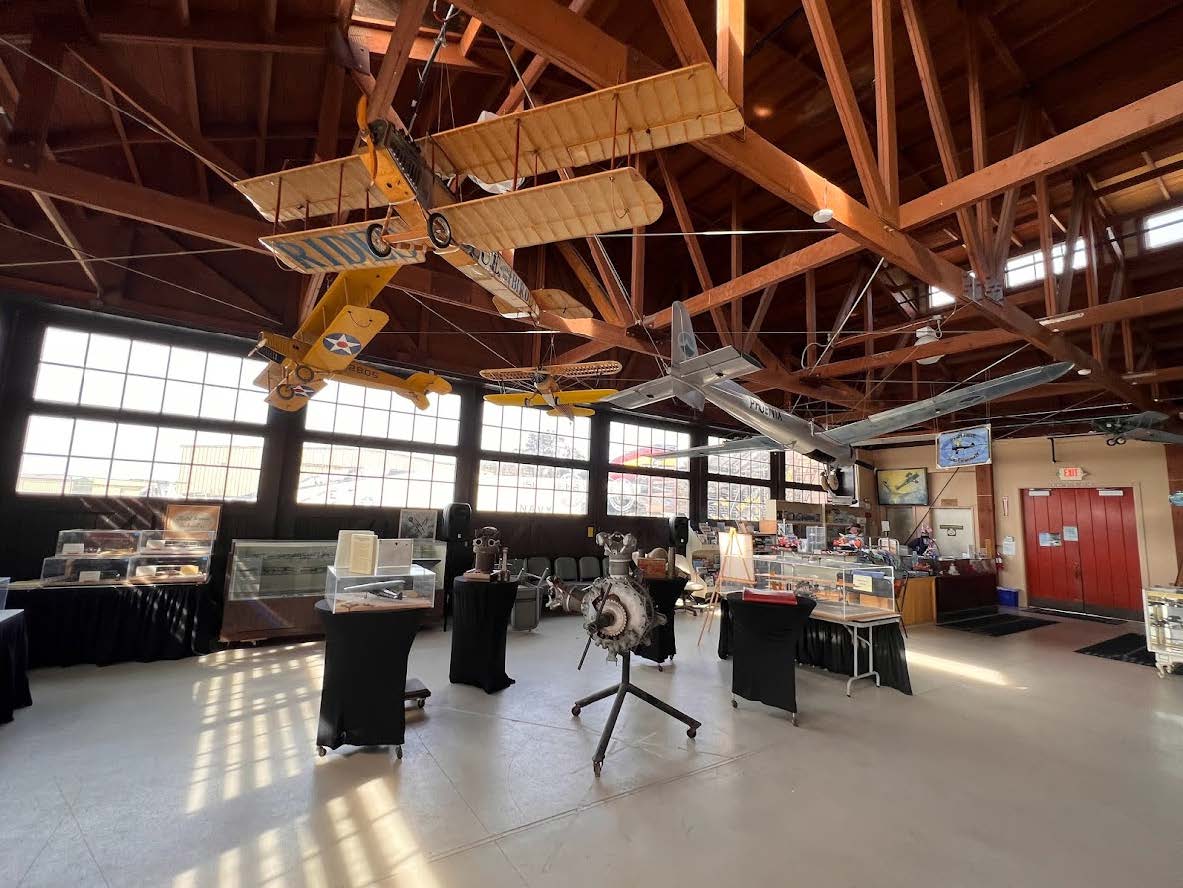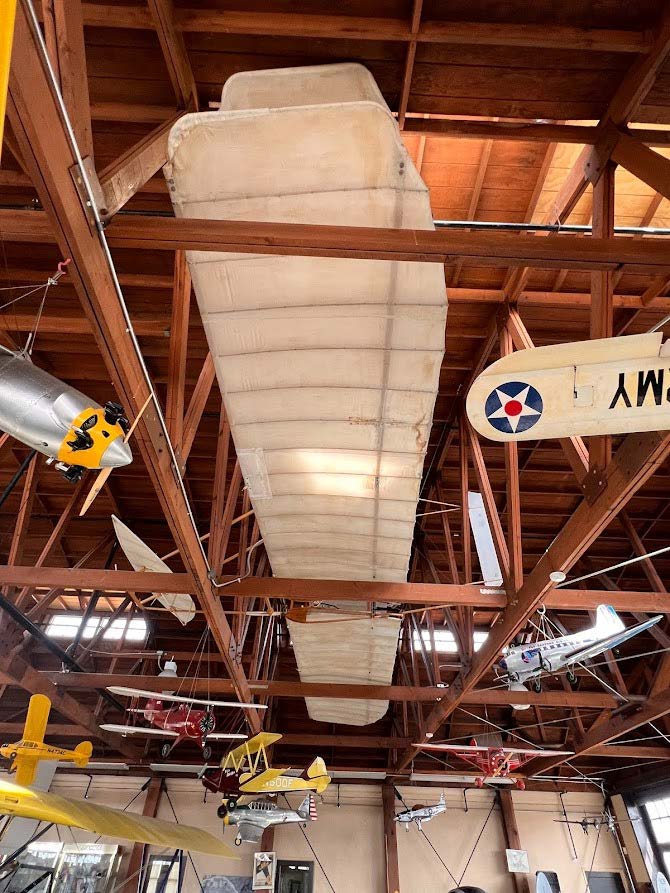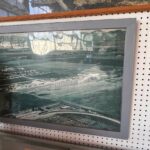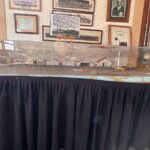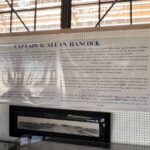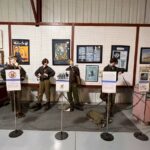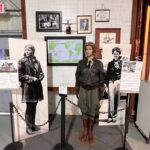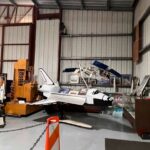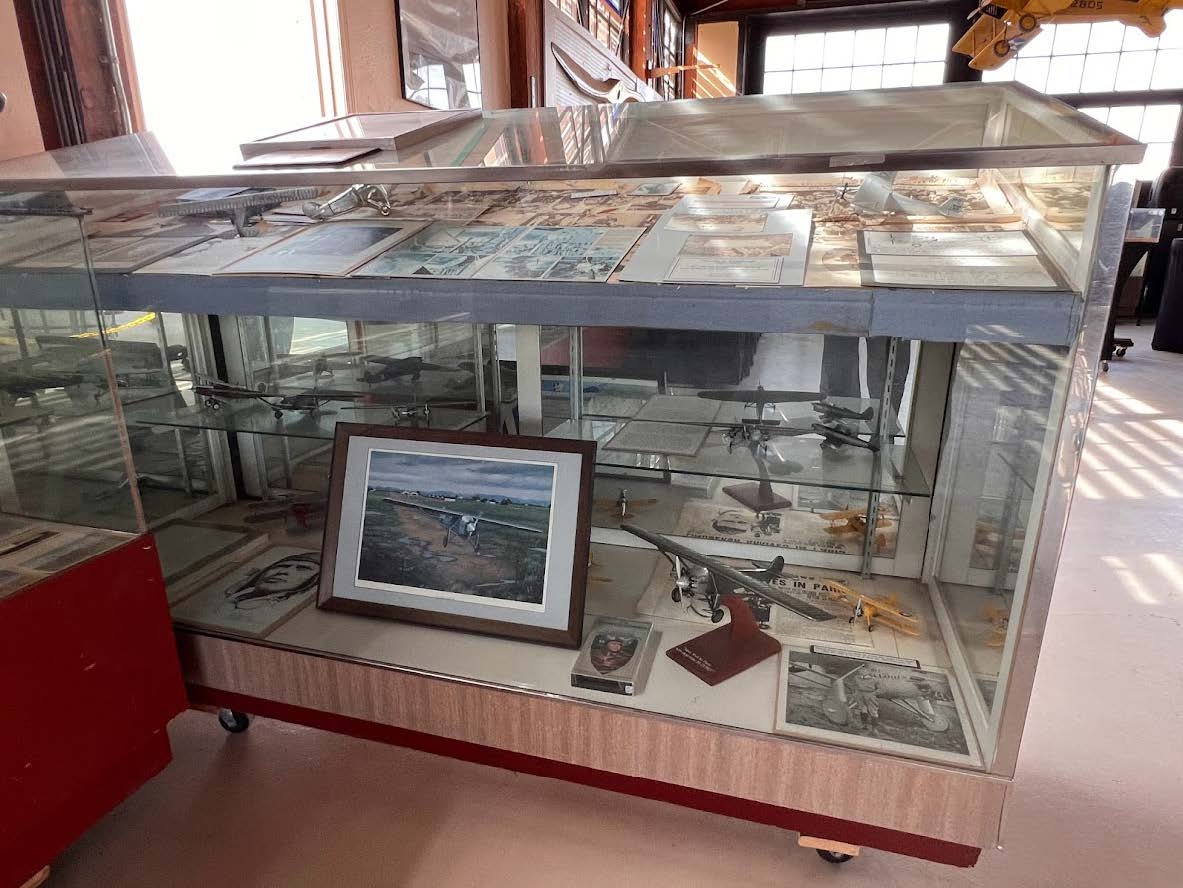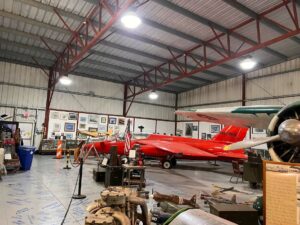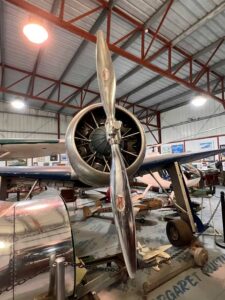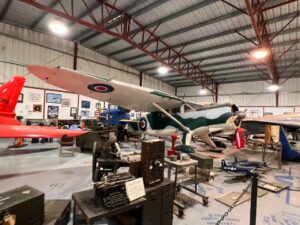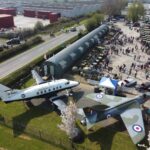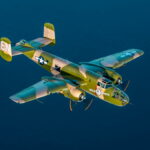by Adam Estes
The Central Coast of California between San Francisco and Los Angeles is well known for its spectacular ocean vistas, historic sites such as Hearst Castle, and the patchwork of award-winning vineyards scattered throughout its rolling hills. But for the aviation enthusiast, the region also offers two marvelous museums, hidden gems separated by little more than an hour’s drive between them. We are talking, of course, about the Santa Maria Museum of Flight and the Estrella Warbird Museum. This article covers the museum in Santa Maria, but we will feature the Estrella Warbird Museum shortly in a follow-up piece.
Regional museums like these have a special charm to them. While they may not cover as broad a range of perspectives as a metropolitan, state, or national museum has the resources to display, there is an intimacy you feel upon walking inside which a larger establishment only rarely approaches. Such is the case with the Santa Maria Museum of Flight.
Located at the northern end of Santa Maria Public Airport, the museum is spread between two hangars, one of which owes its construction to the 1991 Disney film, The Rocketeer. The movie, an adaption of the eponymous comic book character created by Dave Stevens, saw Santa Maria serve as the fictional Chaplin Airfield, set in 1938 Los Angeles.Many of the picture’s flying sequences were filmed with local extras and vintage aircraft on hand, with the movie financing the construction of three hangars, a small building and the control tower to serve as realistic backdrops. Following The Rocketeer’s release, most of these sets ended up being demolished however, the primary hangar depicted in the film – plus its attached tower – were preserved so that they could become the home for a local air museum. The hangar was split in two and trucked from the film-site to its present position in 1992. Over the next seven years, the nascent museum worked hard to bring the hangar up to code, with a formal public opening taking place during 1999. The hangar presently displays the museum’s Early Aviation collection, which ranges from the dawn of flight until the outbreak of World War II. The museum’s second hangar houses aircraft and exhibits from World War II onwards. A handful of the museum’s larger, more modern aircraft are displayed on the tarmac between the two hangars.
Exhibits in the museum also pay tribute to Amelia Earhart, the Tuskegee Airmen, the WASPs, and NASA’s Space Shuttle. Visitors in the Rocketeer Hangar will also find a Wright Glider replica hidden up in the rafters! Perhaps the most unusual exhibit includes the diorama and displays describing G. Allan Hancock Field, an airfield which Captain George Allan Hancock established in 1927. Hancock was extraordinarily accomplished – a Renaissance Man in every sense of the term – having spent time as an oilman, sea captain, aviator, musician, banker, philanthropist, farmer, railroad engineer, developer and scientist! Using a plot of land in Santa Maria, he established the Hancock College of Aeronautics in an effort to set up a flight school at what would become Hancock Field. Hancock also provided financial support to the now legendary Australian aviators Sir Charles Kingsford-Smith and Charles Ulm; he loaned them the Fokker F.VIIb/3m tri-motor (which became the Southern Cross) allowing them to execute the first successful flight from the United States to Australia, between May 31st and June 9th, 1928. During WWII, Hancock Field became one of eight civilian institutions which provided training to Army cadet pilots (Hancock met with General Henry “Hap” Arnold to arrange this matter).
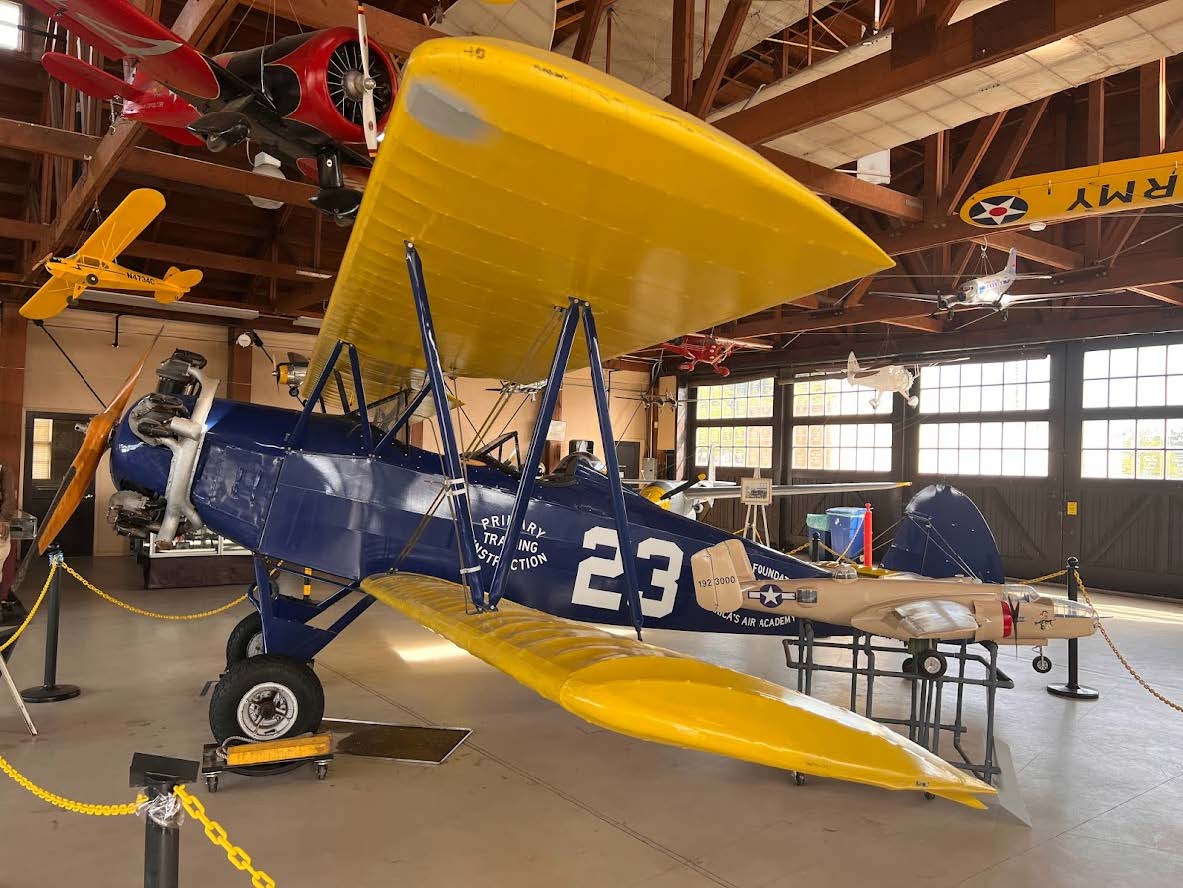
WWII also saw the construction of a new airfield just south of Hancock Field, which opened as Santa Maria Army Air Field (now home to the museum). Originally intended for training aircrew to operate the B-25 Mitchell, the new runways proved unsuitable for the type. However, in September 1943, the base reactivated for pilots to train in the P-38 Lightning – indeed more than six hundred aviators gained their P-38 qualifications at Santa Maria. Interestingly, during 1945, the 412th Fighter Group (equipped with Bell P-59 Airacomet jet fighters) deployed to Santa Maria from Palmdale Army Airfield. Santa Maria helped provide familiarization training for both pilots and ground crew on the new propulsion system. Eventually, both the P-38s and P-59s left Santa Maria, with the military shuttering the base at war’s end. The County of Santa Barbara acquired the base and its facilities in 1948, renaming the site Santa Maria Public Airport in 1964. As for Hancock Field, military flight training ceased at the site in 1944, although it did remain in operation as a civilian flight and maintenance school for a time. In 1954, the Santa Maria Junior College bought the land and redeveloped it into what is now the Allan Hancock College, with the old Hancock field being nothing more than a memory by 1958. All of this history is recounted in the museum’s exhibits on local aviation lore.
As many readers may already be aware, the Santa Maria Museum of Flight will soon gain a new neighbor, with the Planes of Fame Air Museum (headquartered in Chino, California) planning to establish a satellite facility nearby. Planes of Fame expects to open their new site in 2025, opening the opportunity for the two organizations to collaborate in productive ways. For those who wish to visit the Santa Maria Museum of Flight, they are open from Friday through Sunday, with operating hours extending from 10:00am until 4:00pm on Fridays and Saturdays, and 12:00pm until 3:00pm on Sundays.








